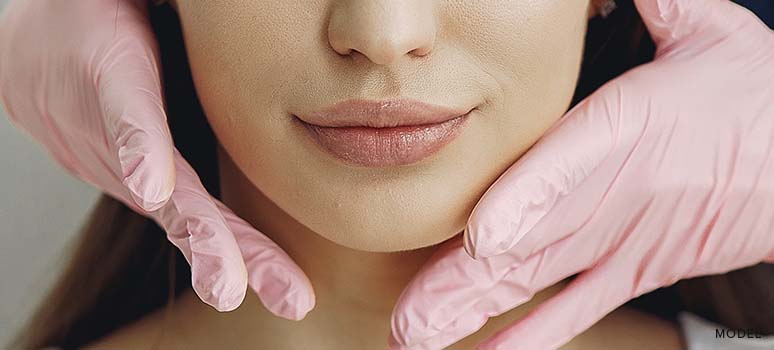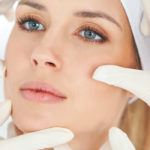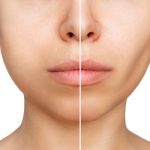Everything You Need to Know About Buccal Fat Removal Recovery Time
While it is a minimally invasive procedure, a buccal fat removal still requires a significant recovery time.
In this article, we’ll cover everything you need to know about buccal fat removal recovery time, including average healing periods, tips to speed up recovery, and potential risks and complications.
Buccal Fat Removal Recovery Time: What to Expect
The recovery period after buccal fat removal surgery varies depending on the individual and the extent of the procedure. In general, patients can expect the following recovery timeline:
| Duration | Recovery Progress |
| 1-2 weeks |
|
| 2-4 weeks |
|
| 4-6 weeks |
|
It’s important to note that these are general guidelines, and every patient’s recovery timeline can vary. Your plastic surgeon will provide you with specific post-operative care instructions to help you maximize your recovery time.
Tips for Faster Buccal Fat Removal Recovery
Want to speed up your buccal fat removal recovery time? Here are some effective tips and techniques:
- Get plenty of rest.
Rest is essential. Make sure to get plenty of sleep and avoid strenuous activity for at least a few days after surgery. Naps or taking breaks during the day are recommended to help with a speedy recovery.
- Follow a healthy diet.
Eating a balanced diet can help your body heal more quickly. Focus on nutrient-dense foods like fruits, vegetables, lean proteins, and whole grains. Avoid foods that are high in salt, sugar, and unhealthy fats. A balanced diet also helps provide the necessary energy for a speedy recovery.
- Stay hydrated.
Drinking plenty of water can help flush toxins out of your body and promote healing. Keeping yourself hydrated is essential, especially during the recovery period. Drinking plenty of fluids helps reduce the risk of inflammation caused by dehydration.
- Use cold compresses.
Applying a cold compress to your cheeks can help reduce swelling and bruising. During the first few days after surgery, applying ice packs or a frozen towel on the cheeks helps reduce inflammation and promote healing.
- Avoid smoking.
Smoking can slow down the healing process and increase your risk of complications. If you smoke, try to quit or at least avoid smoking for a few weeks after surgery. Refrain from smoking for at least a week or two to ensure a quicker recovery.
- Follow your surgeon’s instructions.
Your plastic surgeon will provide you with specific post-operative care instructions to help you maximize your recovery time. Make sure to follow these instructions closely to avoid complications and ensure a smooth recovery. These instructions may include medication schedules, exercise restrictions, and wound care.
Potential Risks and Complications
While buccal fat removal is generally a safe and low-risk procedure, there are some potential risks and complications to be aware of. These can include:
- Infection
Anytime the skin is broken, there is a risk of infection. Symptoms of infection can include fever, chills, redness, and swelling. To prevent infection, make sure to keep the incision site clean and dry, and follow any wound care instructions provided by your surgeon. Any signs of infection should be reported immediately to your surgeon.
- Numbness or tingling
Some patients may experience numbness or tingling around the incision site. This is usually temporary and resolves on its own within a few weeks. However, it can occasionally be permanent, in cases of nerve damage which should be determined by your doctor.
- Asymmetry
In rare cases, buccal fat removal can result in asymmetry of the cheeks. This can occur when one cheek appears fuller or more defined than the other. In most cases, this can be corrected with additional treatment or revision surgery.
- Skin irregularities
Sometimes the skin around the incision site can become irregular or lumpy. This is typically temporary and resolves on its own within a few weeks. However, some patients may require additional treatment to correct this issue.
Recovery Time for Athletes
For athletes or individuals who participate in sports, the recovery time after buccal fat removal surgery can be longer than average. The reason being, an athlete’s body is under constant stress and requires sufficient rest to heal properly. It is recommended that athletes take a break from training and exercise for at least two weeks after surgery, before slowly easing back into their routine.
It is important to understand that returning to physical activities too soon can cause complications such as bleeding, wound reopening, or persistent swelling, all of which can hinder the healing process.
Unlock Your Facial Transformation with Buccal Fat Removal
Buccal fat removal enhances your facial appearance safely and minimally invasively, giving you a defined and youthful look. At Memorial Plastic Surgery, our experienced team provides comprehensive guidance, prioritizing your comfort and well-being throughout your recovery.
Schedule a consultation with Memorial Plastic Surgery in Houston, TX today!
*This blog is created and maintained for informational purposes only. The images present may not accurately reflect actual cases per individual. Individual cases are unique, and the descriptions and solutions will vary per patient.



